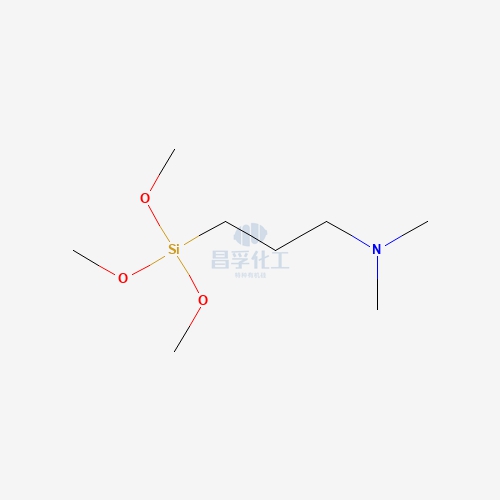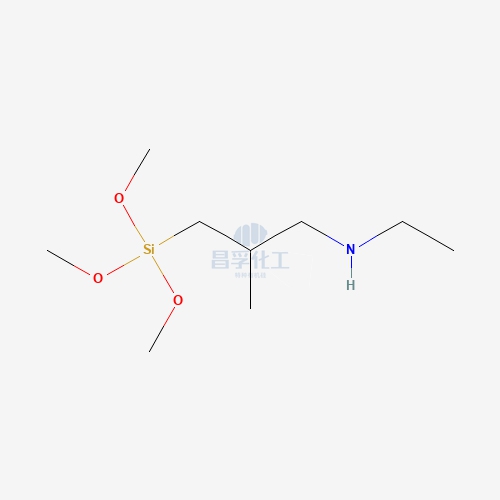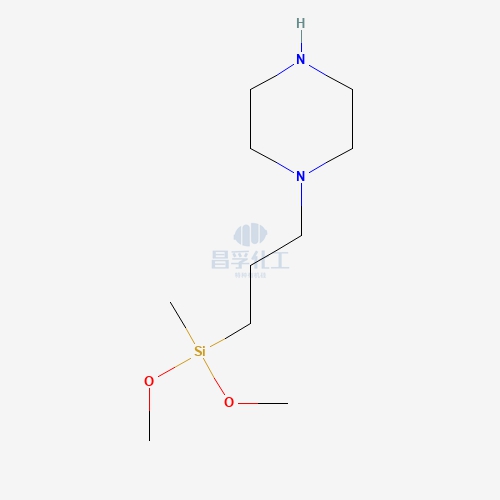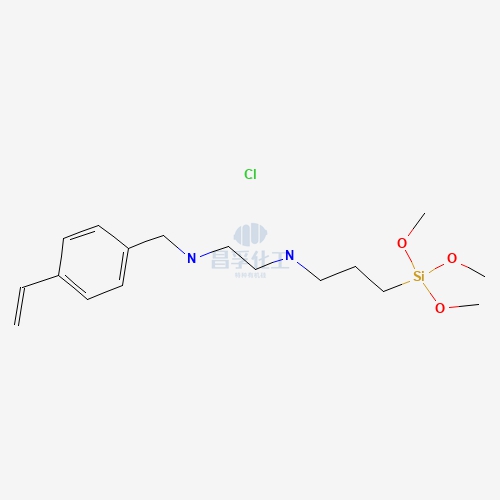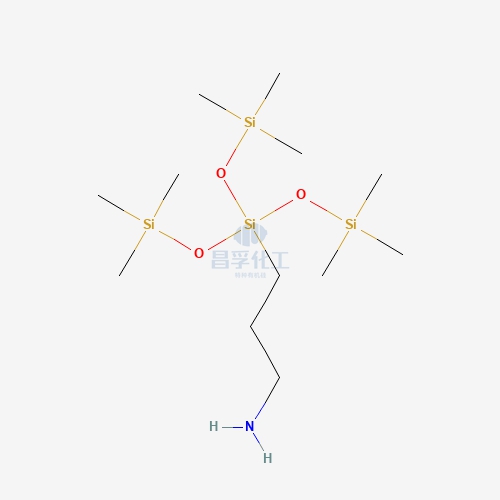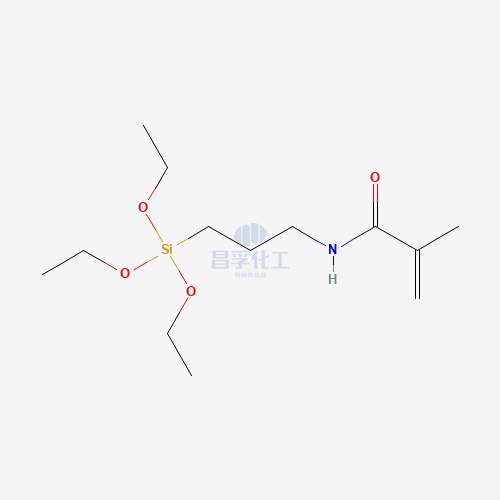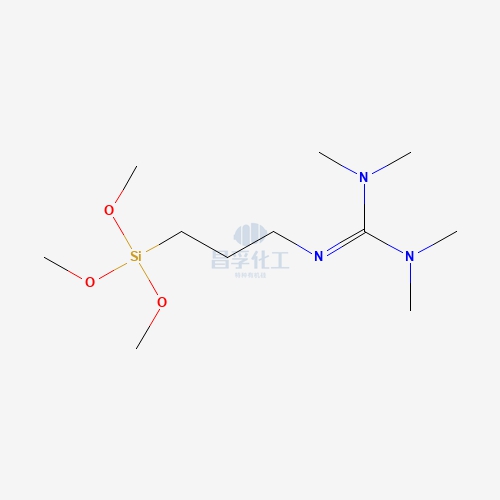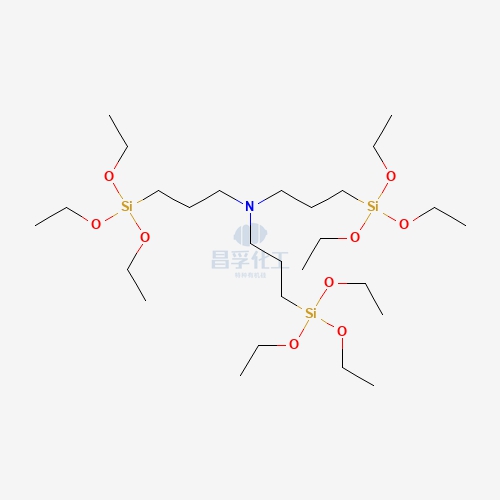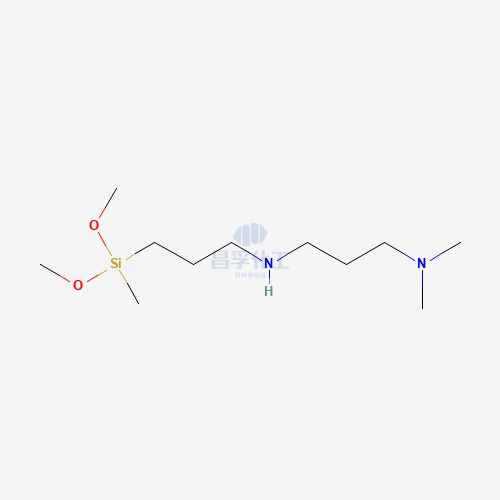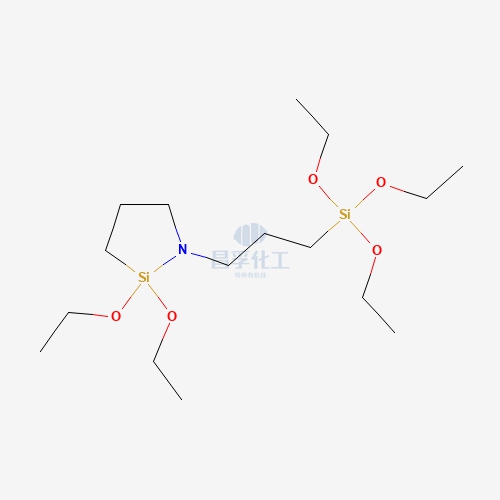
Contact Changfu Chemical Now!
+86 27 8439 6550 | +86 181 6277 0058
What is Potting Silicone? An In-Depth Guide
Potting silicone is a versatile material commonly used in various industries for the protection and encapsulation of electronic components, electrical circuits, and sensitive devices. This high-performance silicone compound offers excellent resistance to environmental conditions such as moisture, heat, chemicals, and dust, making it ideal for safeguarding delicate electronics. But what exactly is potting silicone, and how does it work? Let's dive deeper into the world of potting silicone to understand its benefits, applications, and why it has become a go-to material for many industries.
What is Potting Silicone?
Potting silicone is a flexible, rubber-like substance used primarily to encapsulate or "pot" electronic components. It is designed to protect electrical devices from external elements like moisture, temperature fluctuations, and physical damage. Potting involves pouring liquid silicone over components housed in a container, which then cures to form a protective seal around the devices. This method is widely used for insulating circuit boards, transformers, and sensors in critical applications.
Unlike other potting materials like epoxy or polyurethane, potting silicone offers unique advantages due to its flexibility, thermal stability, and electrical insulation properties. It remains stable across a wide range of temperatures, making it perfect for outdoor or high-temperature applications.
How Does Potting Silicone Work?
The potting process begins with the preparation of the components that need protection. Once arranged in a mold or housing, a liquid silicone compound is poured over the electronics. The silicone then cures, forming a solid yet flexible protective layer that conforms to the shape of the components.
During curing, potting silicone undergoes a chemical reaction that transforms the liquid material into a rubber-like consistency. This provides a protective shield that is durable and resistant to environmental factors like water, dust, and chemicals. Potting silicone's elasticity also helps absorb mechanical stresses, reducing the risk of damage to fragile electronic circuits.
Benefits of Using Potting Silicone
1. Environmental Protection: One of the primary benefits of potting silicone is its ability to protect sensitive components from environmental hazards. Whether it's moisture, extreme temperatures, or harsh chemicals, potting silicone offers a robust defense against these elements.
2. Thermal Stability: Potting silicone performs exceptionally well in both high and low-temperature environments, withstanding temperatures ranging from -50°C to 200°C. This makes it ideal for use in outdoor and industrial applications where exposure to fluctuating temperatures is common.
3. Flexibility: Unlike other rigid potting materials, silicone remains flexible even after curing. This flexibility reduces the risk of cracks or breaks, especially in applications where components may experience mechanical stress or vibration.
4. Electrical Insulation: Potting silicone provides excellent electrical insulation, ensuring that components remain safe from short circuits or electrical interference. This is particularly important in electronics that operate at high voltages.
5. Chemical Resistance: Silicone potting compounds are highly resistant to many chemicals, making them suitable for use in environments where exposure to oils, solvents, and other corrosive substances is a concern.
Applications of Potting Silicone
Potting silicone is used across various industries for numerous applications:
-
Electronics Industry: In the electronics industry, potting silicone is often used to encapsulate sensitive components like circuit boards, sensors, and connectors. Its protective qualities help extend the lifespan of these devices by shielding them from environmental factors.
-
Automotive Industry: The automotive sector utilizes potting silicone to protect electronic control units (ECUs), sensors, and other components that are exposed to extreme conditions, including heat and vibration.
-
Aerospace and Defense: Aerospace and defense applications require materials that can withstand harsh conditions. Potting silicone is widely used to protect critical electronic systems in aircraft, satellites, and defense equipment due to its durability and reliability.
-
Renewable Energy: In the renewable energy sector, potting silicone plays a key role in protecting the electronics within solar panels, wind turbines, and battery systems from the elements, ensuring long-term performance and efficiency.
-
Medical Devices: Medical devices that require insulation from external factors, such as humidity or bodily fluids, often rely on potting silicone to safeguard their internal electronics.
Potting Silicone vs. Epoxy and Polyurethane
While potting silicone is not the only material used for encapsulation, it offers distinct advantages over alternatives like epoxy and polyurethane.
-
Flexibility: Silicone remains flexible after curing, which is beneficial for components that undergo thermal expansion or mechanical vibration. Epoxy and polyurethane, on the other hand, tend to be more rigid, which can lead to cracking or stress-related failures.
-
Thermal Stability: Silicone can withstand extreme temperatures better than both epoxy and polyurethane. This makes silicone the preferred choice for high-temperature applications like automotive or aerospace electronics.
-
Moisture Resistance: Silicone’s resistance to moisture is superior to other potting materials, ensuring long-term protection in wet or humid environments.
How to Choose the Right Potting Silicone
When selecting a potting silicone, it’s important to consider the following factors:
-
Thermal Requirements: Ensure that the silicone you choose can withstand the temperatures in which your device will operate. Look for silicone compounds that offer high-temperature resistance for applications involving heat.
-
Cure Time: Different silicone formulations cure at different rates. Some applications may require quick-curing silicone, while others might benefit from slower-curing variants for better control.
-
Viscosity: The viscosity of the silicone will determine how well it can flow over and around your components. Low-viscosity silicone is ideal for intricate components that require thorough coverage, while high-viscosity variants are better for large-scale applications.
-
Hardness: The hardness or softness of cured silicone can vary. Choose a softer silicone for components that need flexibility, or a harder one for those requiring a more rigid protective layer.
-
Electrical Properties: For applications where electrical insulation is a priority, look for potting silicone with high dielectric strength to ensure protection against electrical hazards.
Frequently Asked Questions about Potting Silicones
1. What is potting silicone used for?
Potting silicone is primarily used for encapsulating and protecting electronic components from moisture, temperature fluctuations, and physical damage. It's widely used in industries such as automotive, aerospace, and consumer electronics to extend the life and reliability of devices.
2. How does potting silicone work?
Potting silicone works by filling and sealing the space around electronic components, forming a flexible, durable, and protective layer after curing. This helps protect sensitive devices from environmental factors and mechanical stress.
3. What are the benefits of using silicone over epoxy for potting?
Silicone offers superior flexibility, thermal stability, and moisture resistance compared to epoxy. While epoxy can be more rigid, silicone remains flexible even after curing, making it more suitable for components that are exposed to vibrations or extreme temperatures.
4. Can potting silicone be used in high-temperature applications?
Yes, potting silicone is designed to withstand extreme temperatures, often ranging from -50°C to 200°C. This makes it ideal for applications such as automotive and aerospace electronics, where components are subjected to high heat.
5. What is heptamethyltrisiloxane and how is it used in potting silicone?
Heptamethyltrisiloxane is a silicone-based surfactant that enhances the spreading and adhesion properties of silicone. In potting applications, it helps the silicone flow better and ensures a more uniform protective layer around electronic components.
6. Is potting silicone safe for sensitive electronic components?
Yes, potting silicone is highly regarded for its excellent electrical insulation properties. It is non-conductive and provides protection against short circuits, ensuring the safety of delicate electronics.
Conclusion
Potting silicone has proven to be an invaluable tool in protecting sensitive electronics from the harshest environments. Whether in consumer electronics, automotive systems, or aerospace applications, the versatility, durability, and flexibility of silicone make it an ideal choice for encapsulation.
For industries that need even more specialized performance, additives like heptamethyltrisiloxane offer enhancements in spreading and adhesion, ensuring that silicone-based products deliver optimal protection and reliability.
Note: You can explore more about heptamethyltrisiloxane and its applications to see how this advanced silicone surfactant can benefit your industry.
Popular Silicon Compounds
Popular Silicon Compounds
Related News & Blog
Related News & Blog


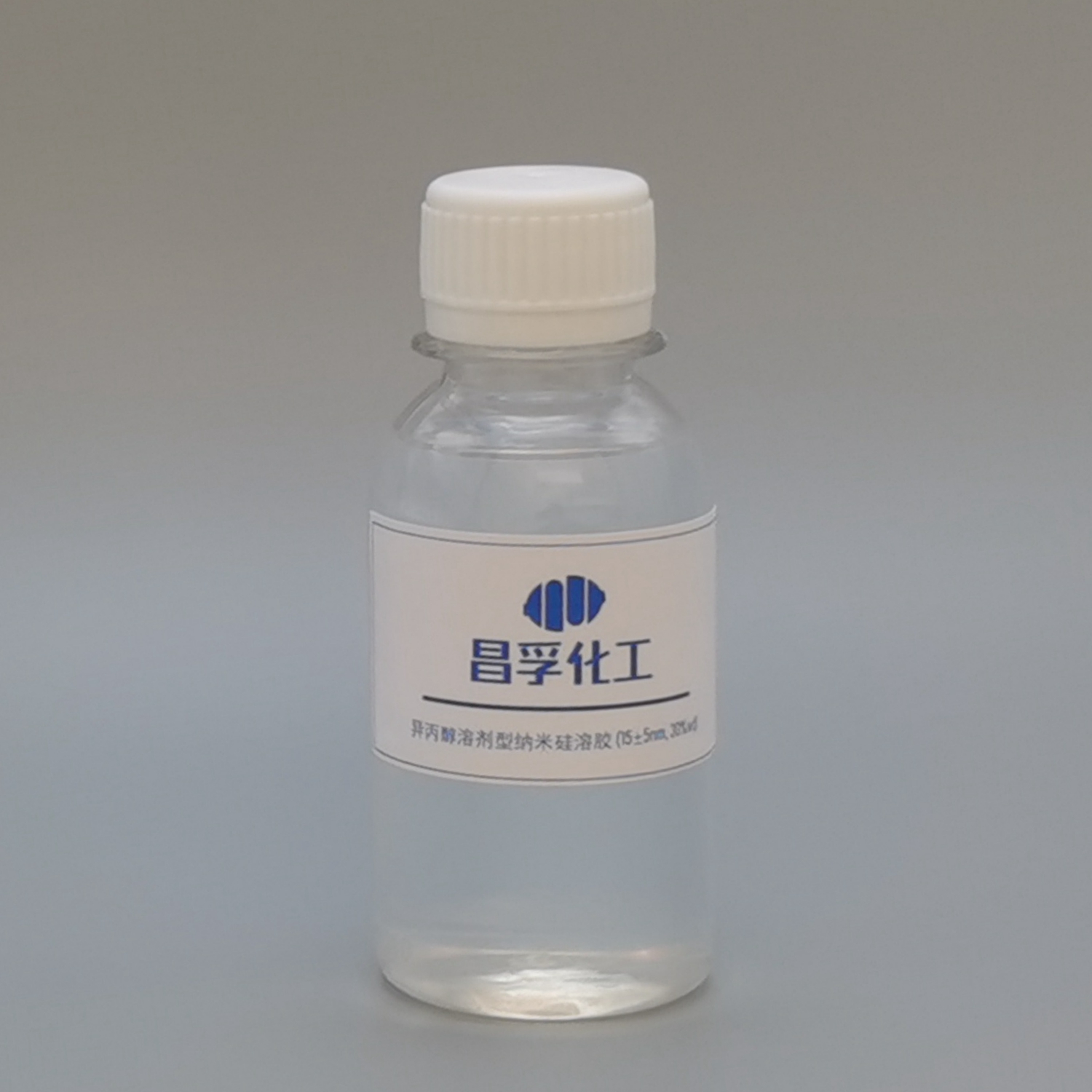
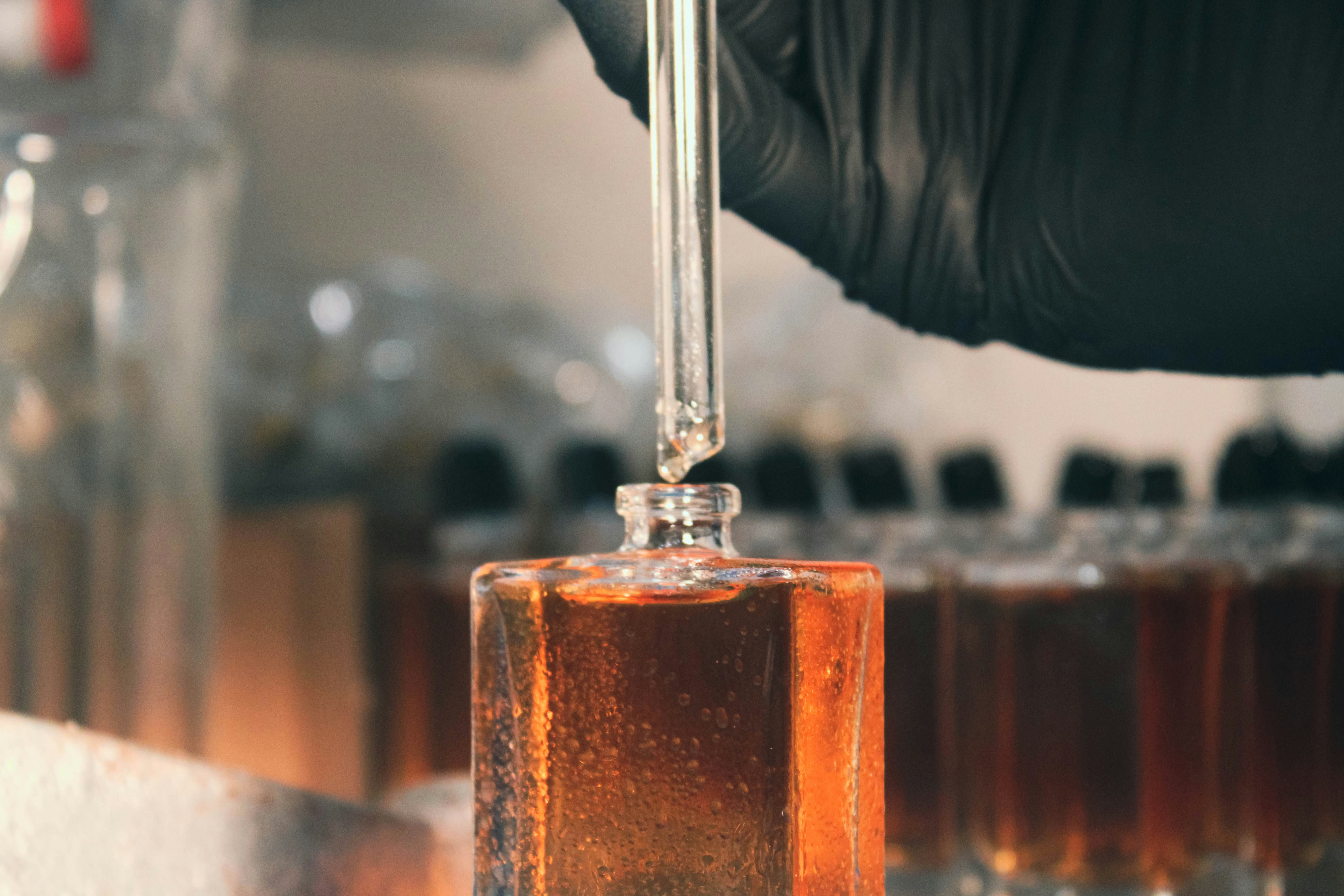
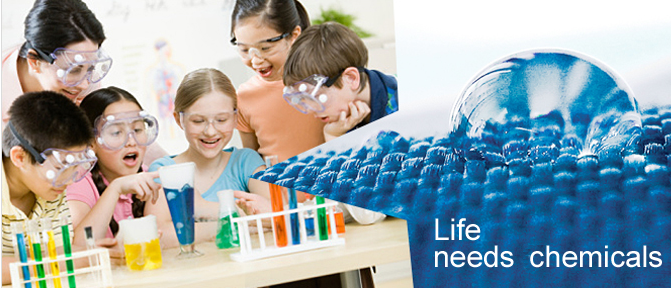
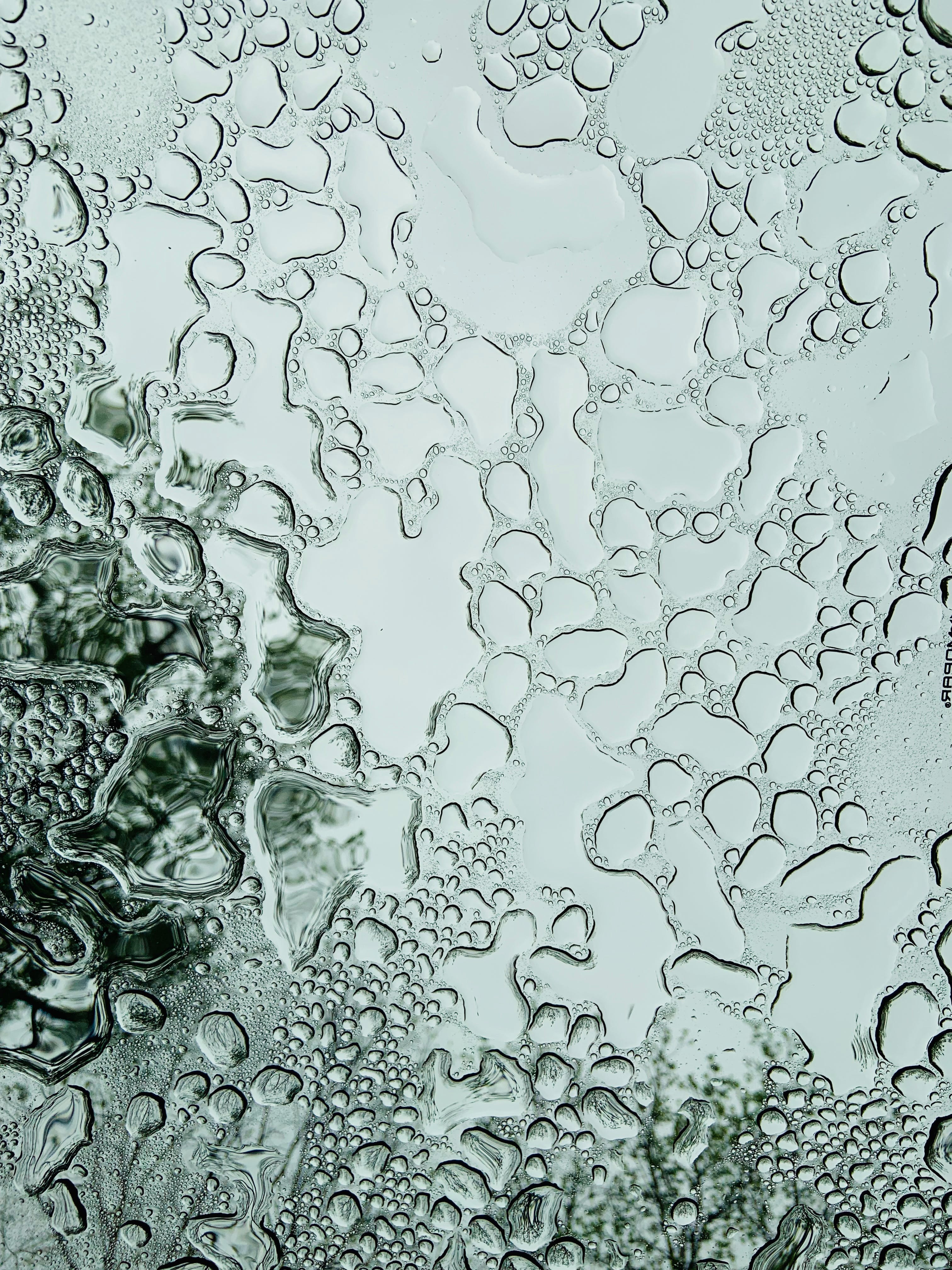






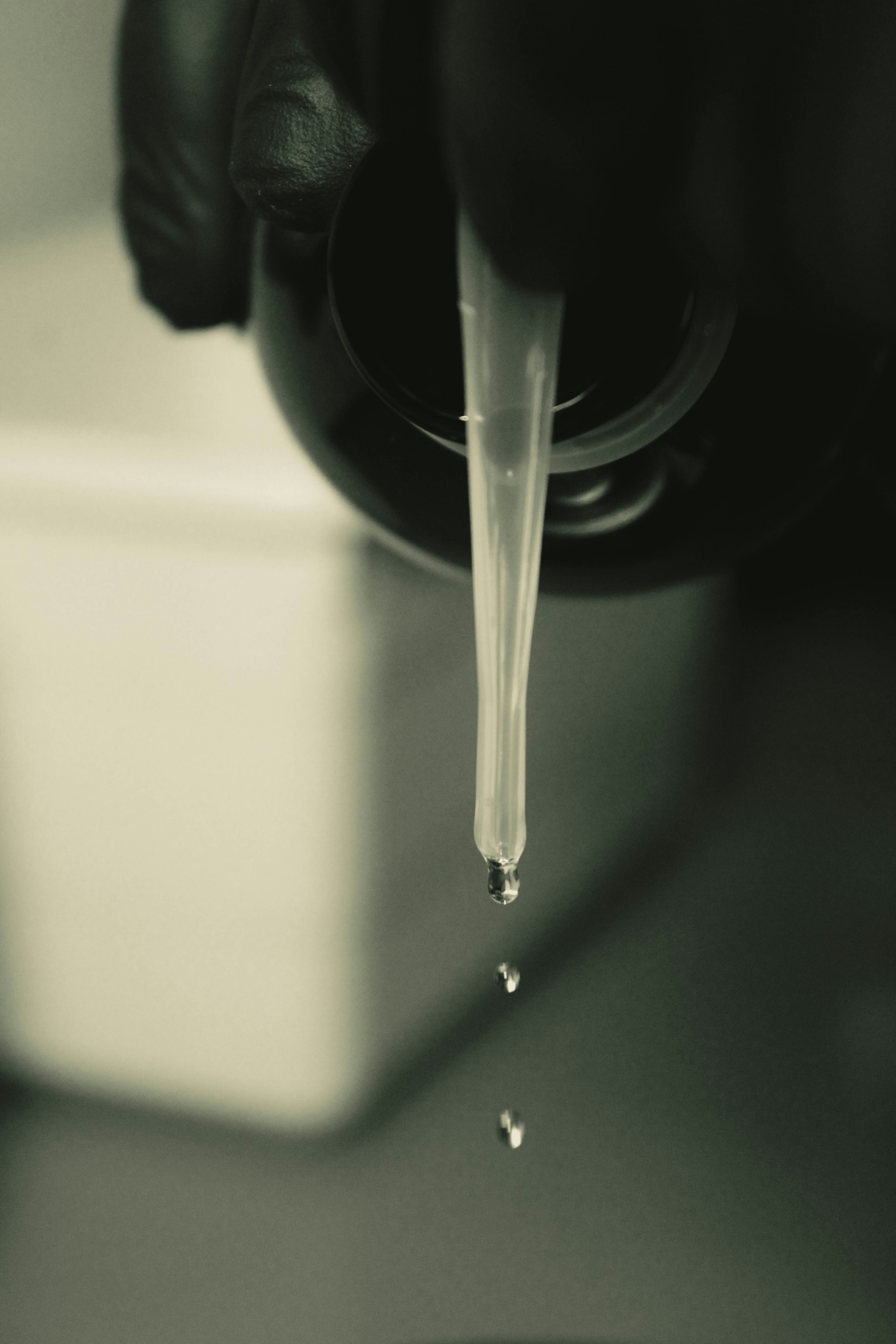











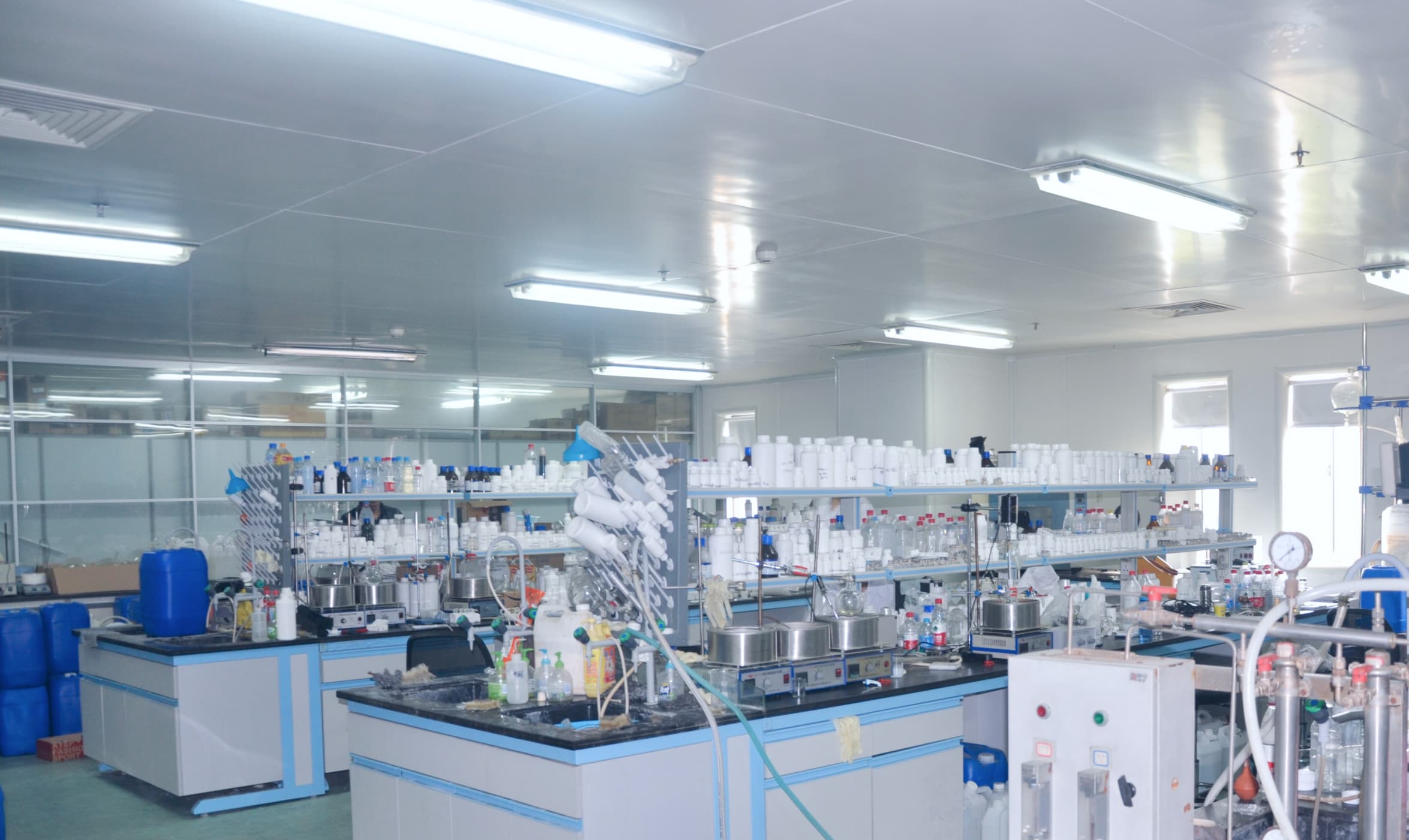


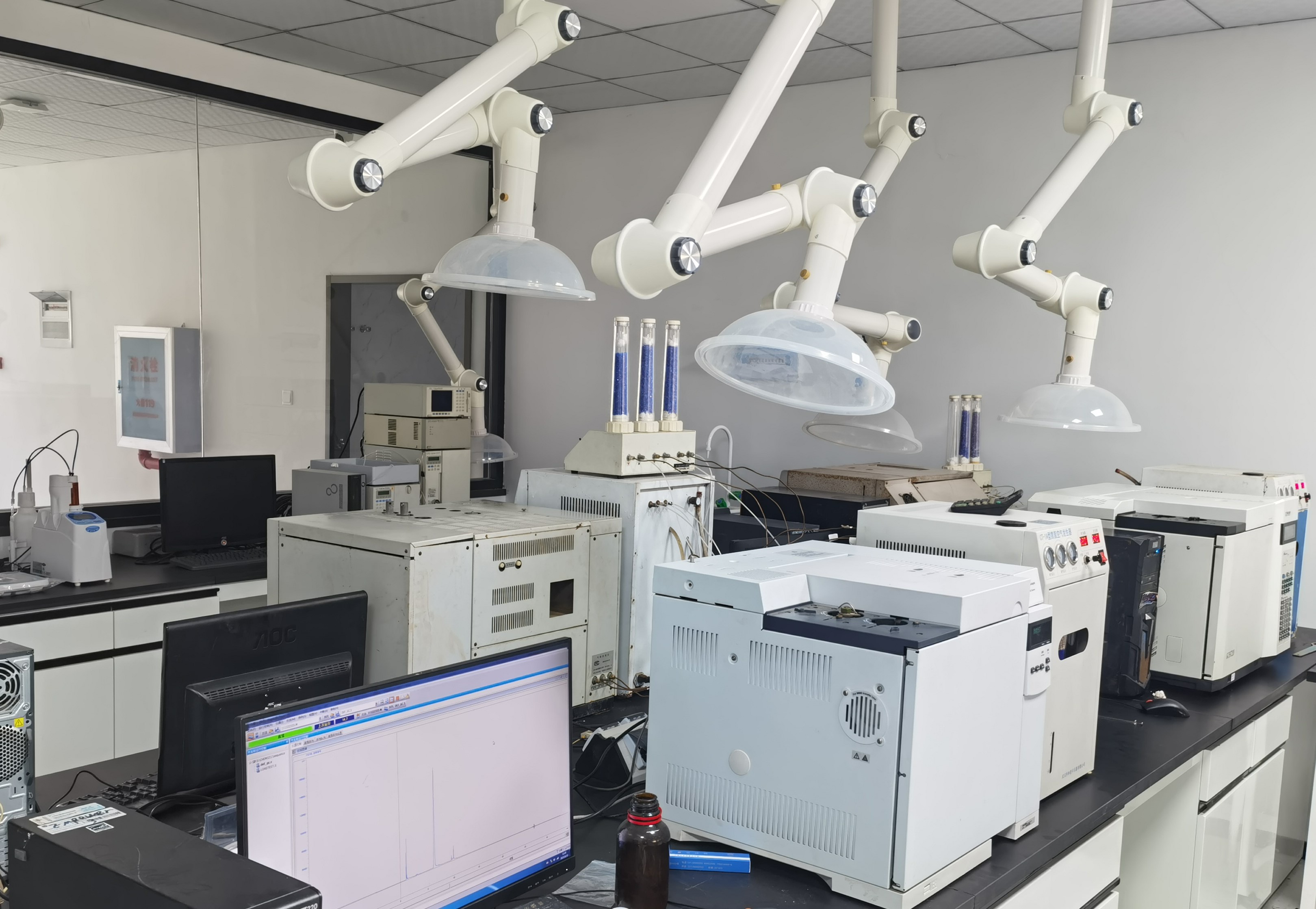
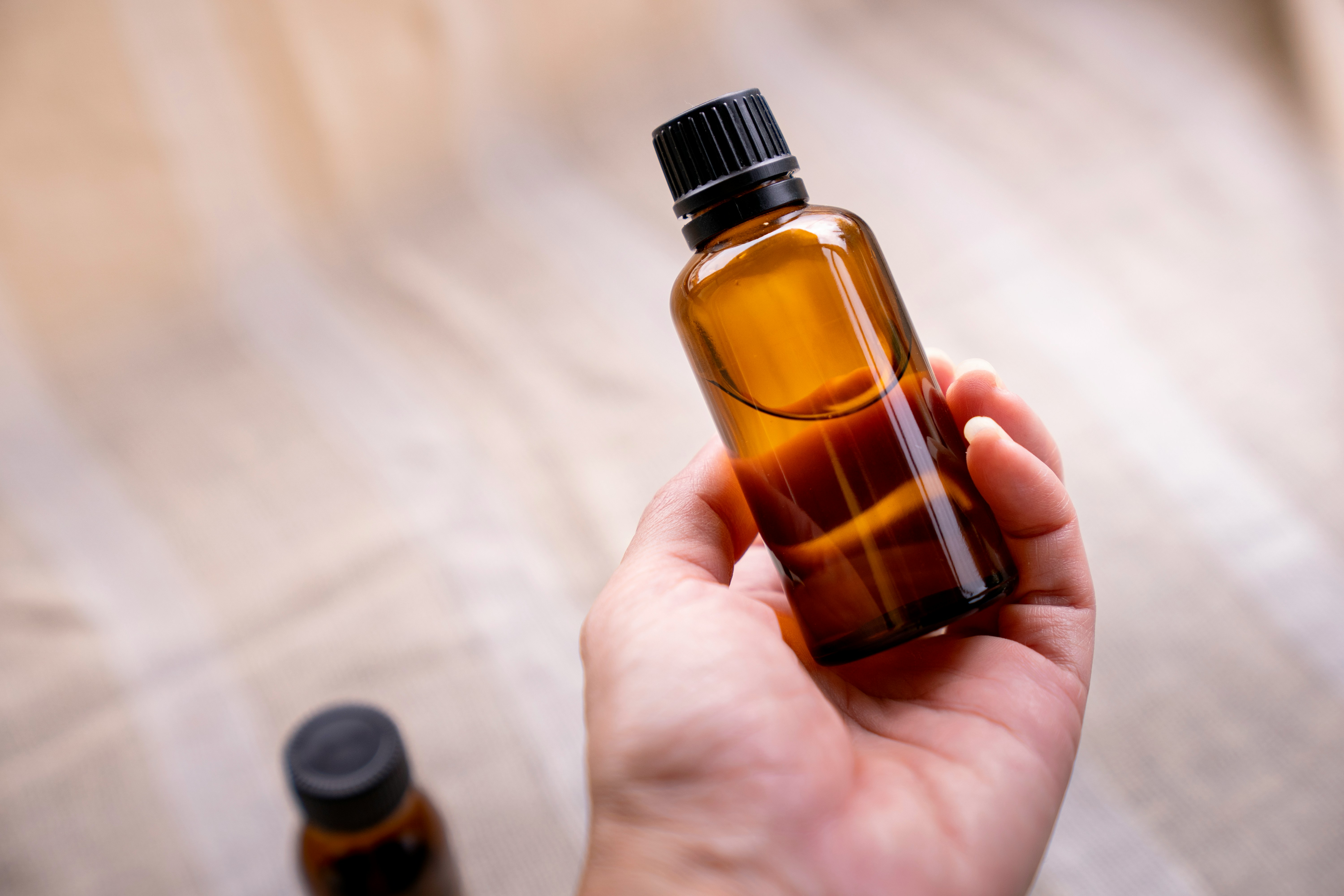
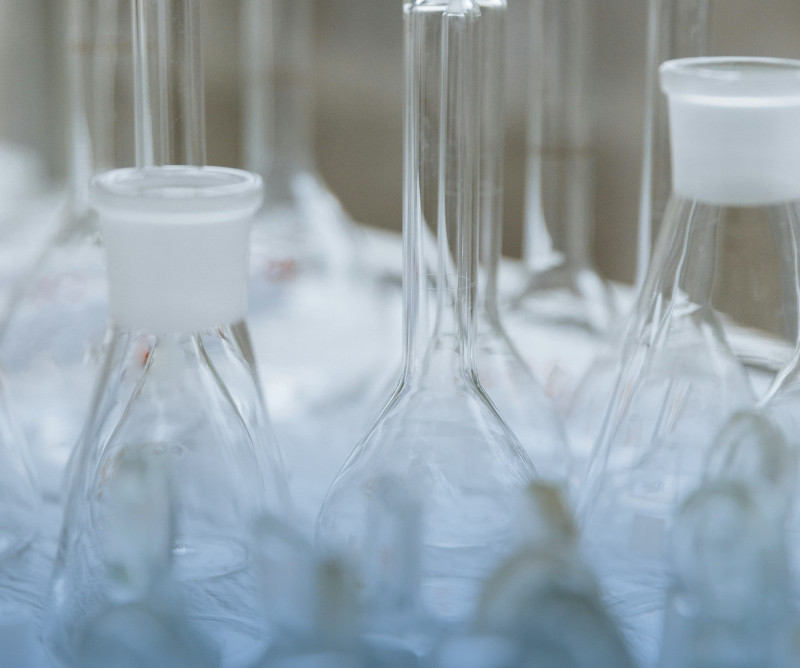

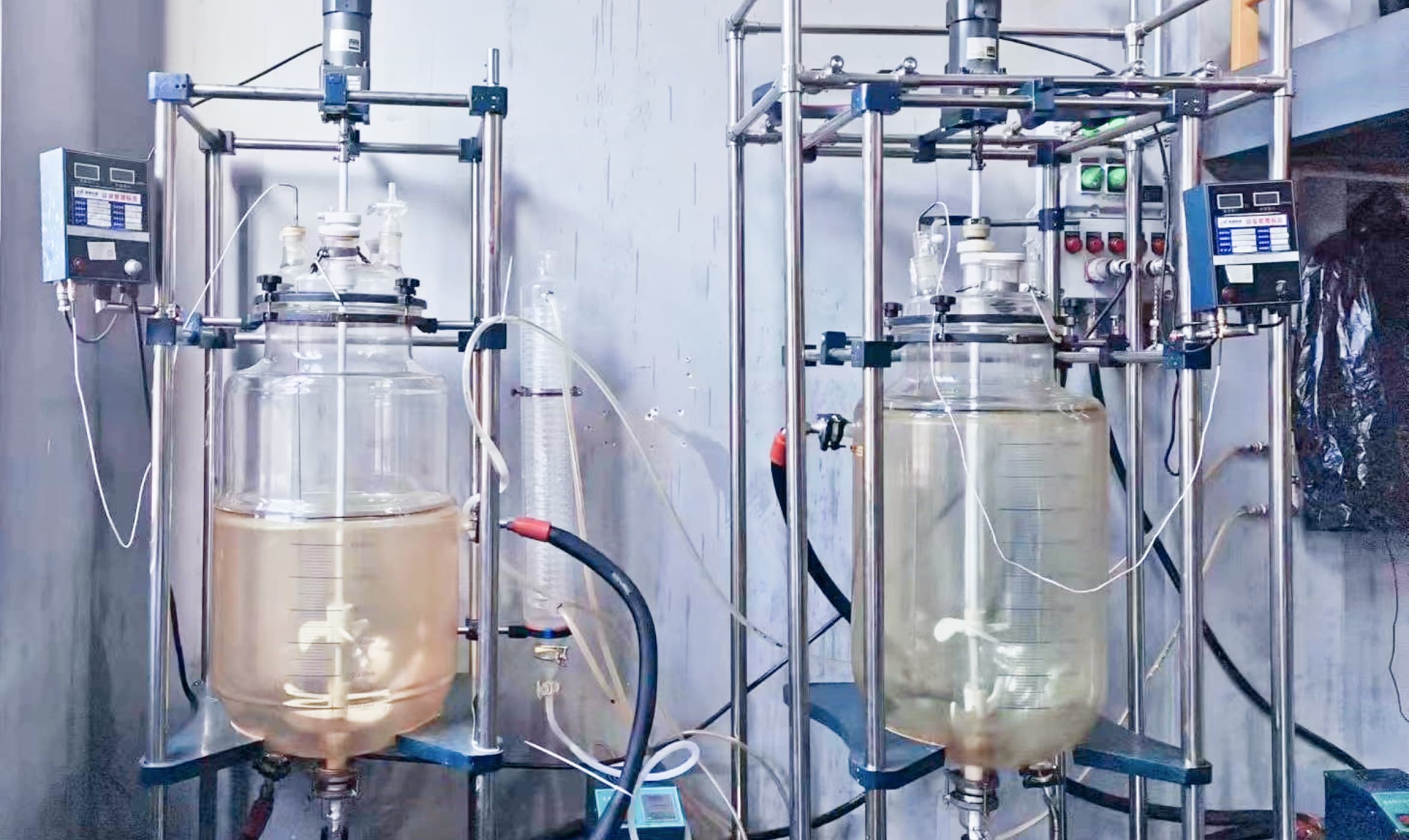
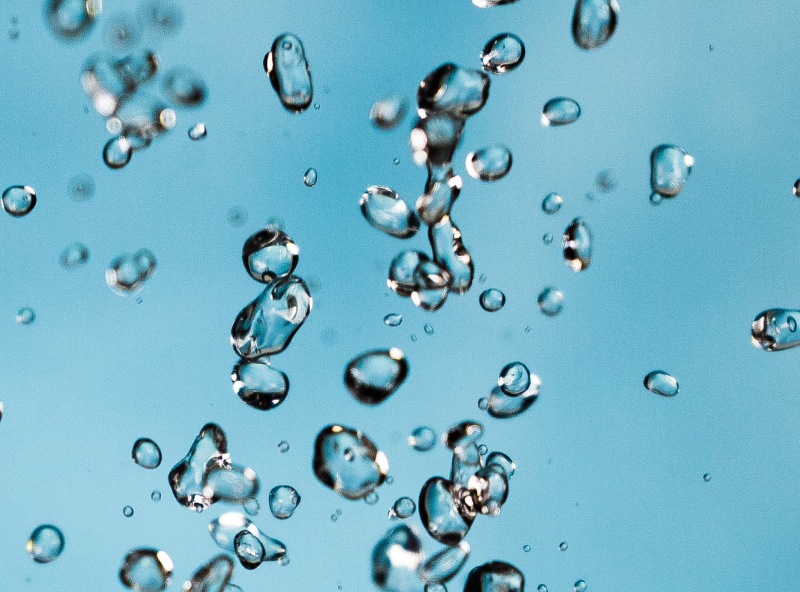
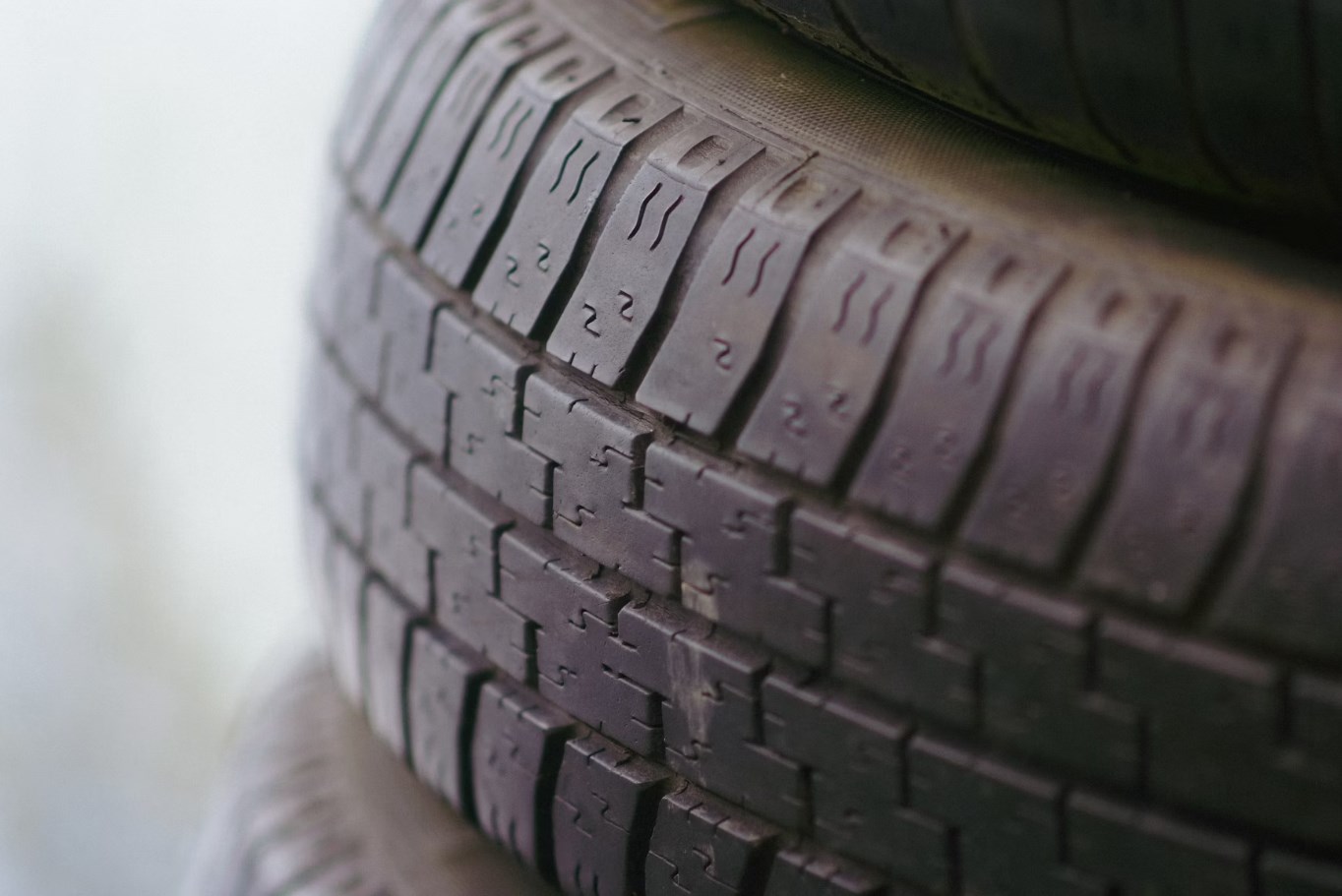

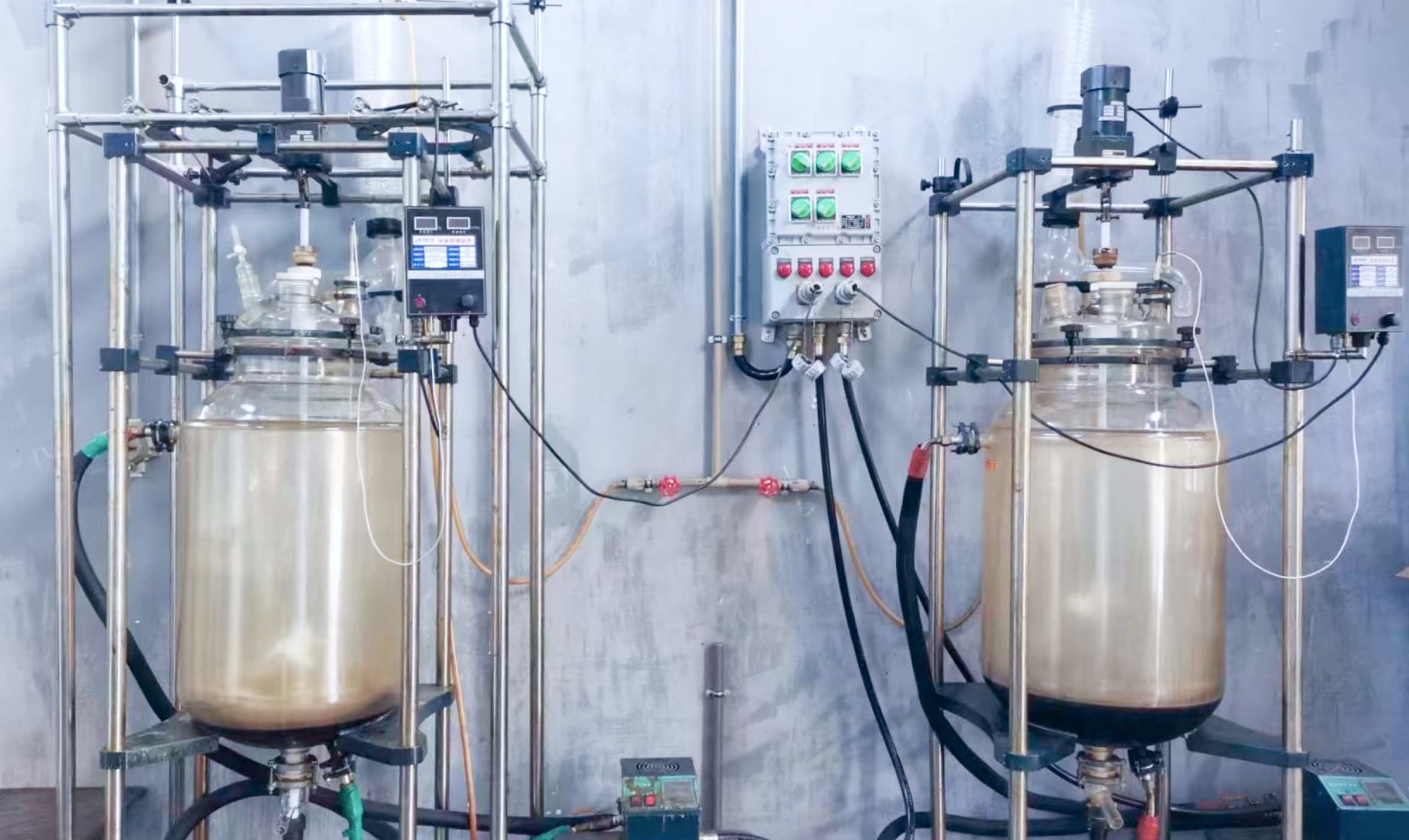
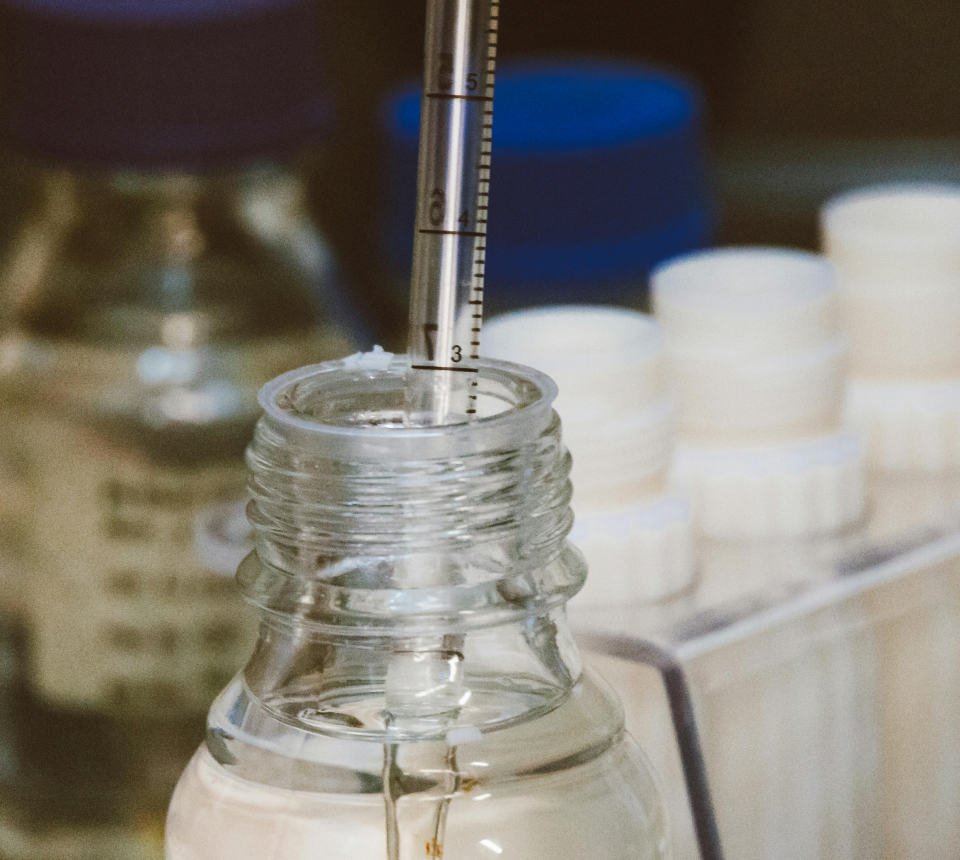


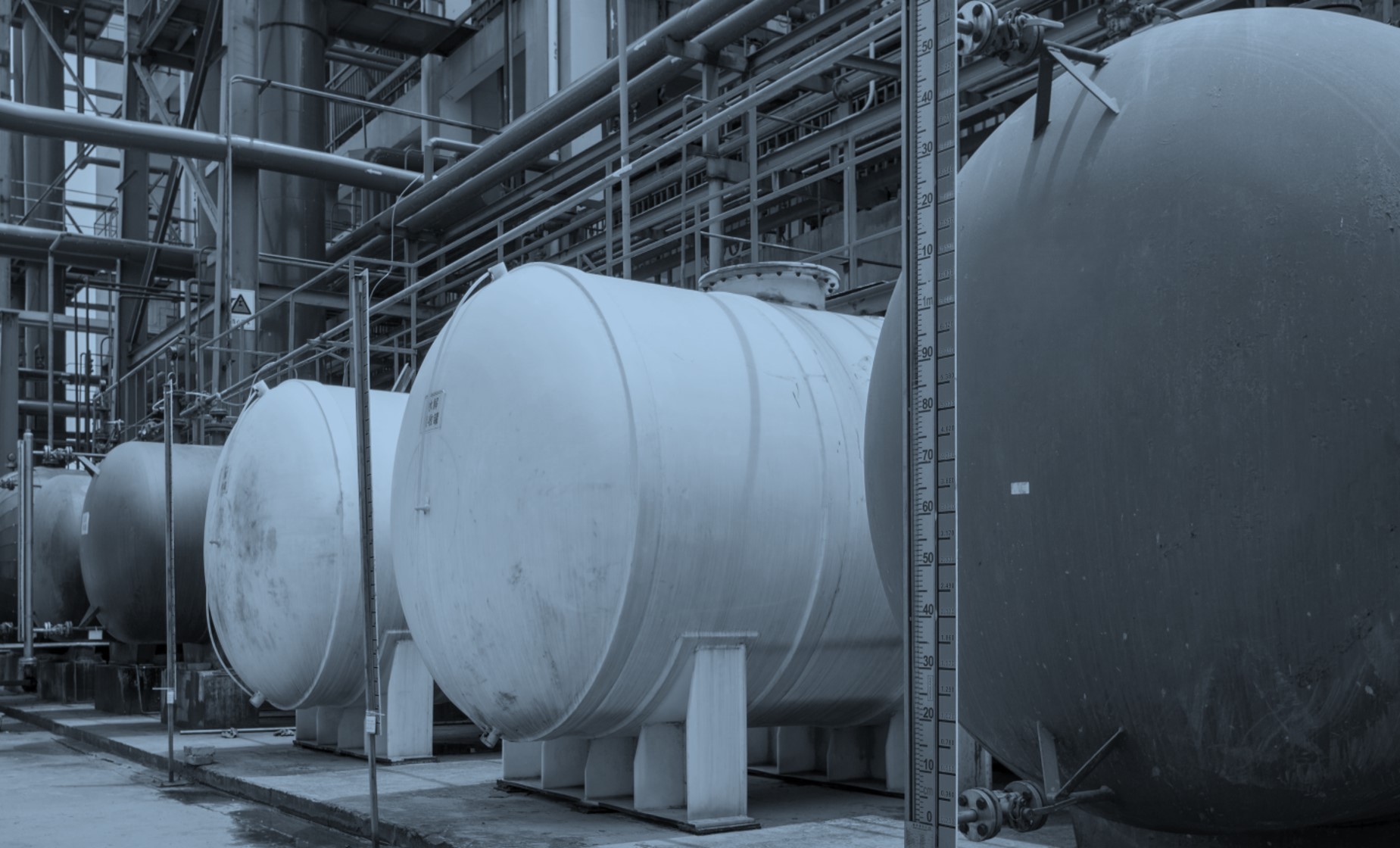


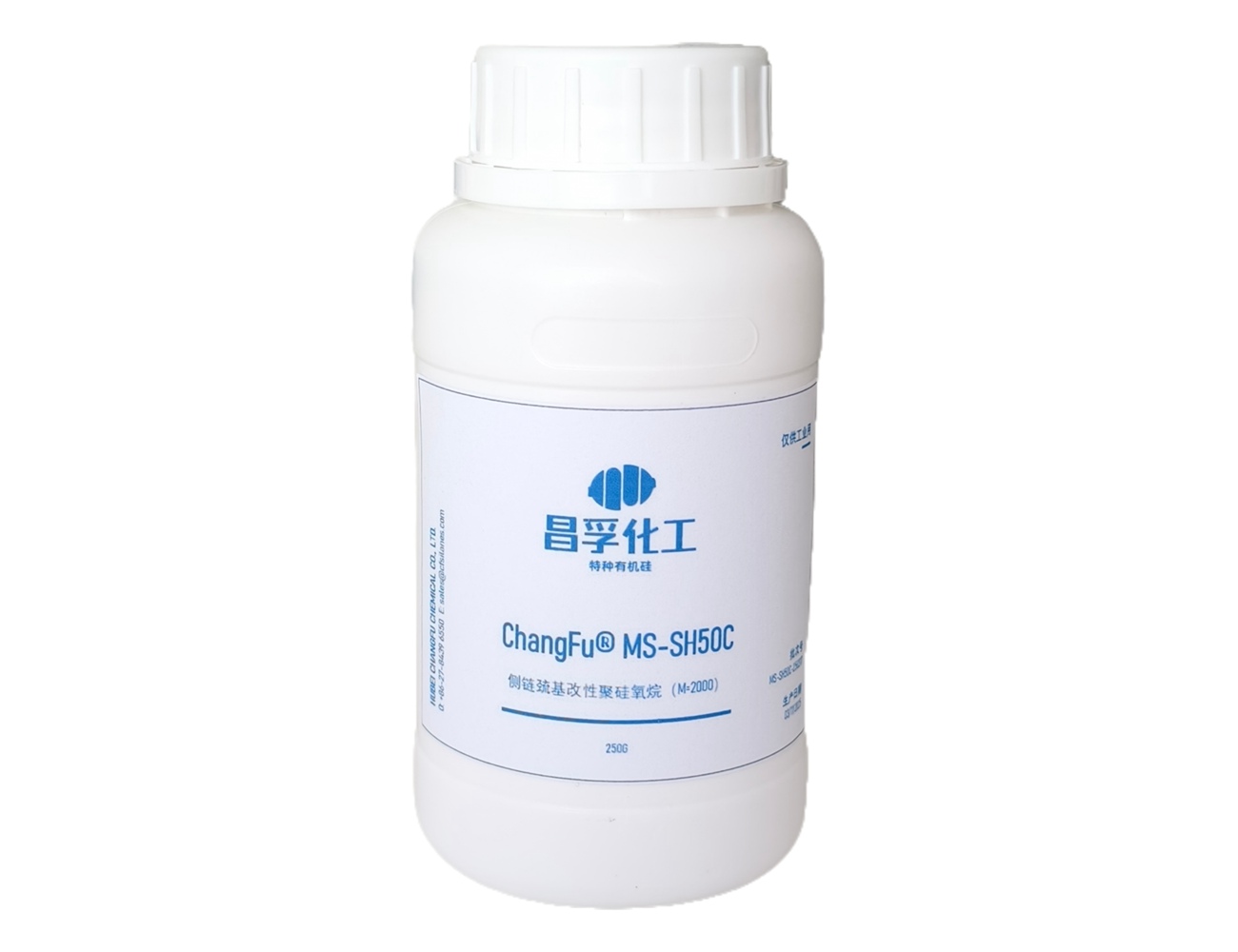


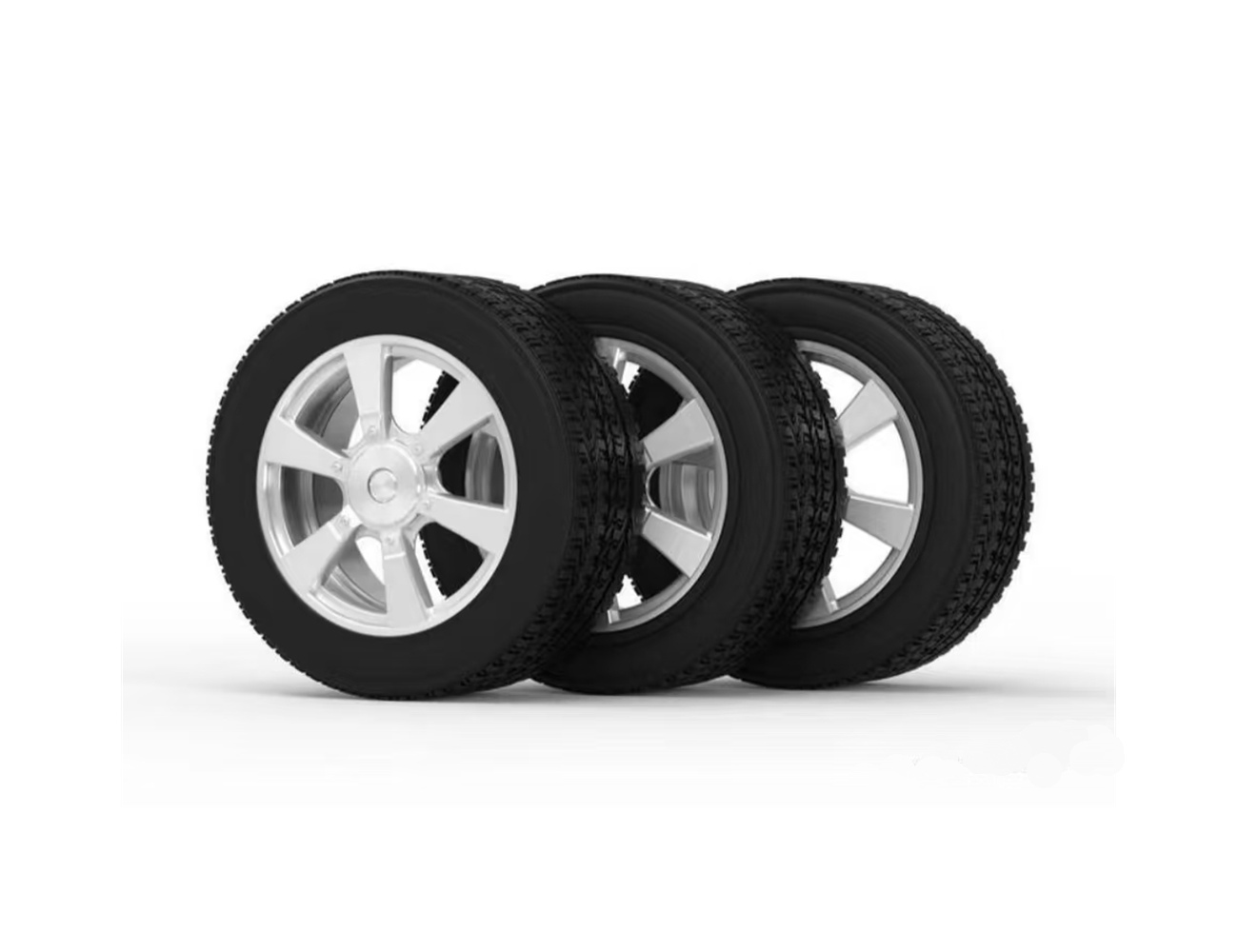
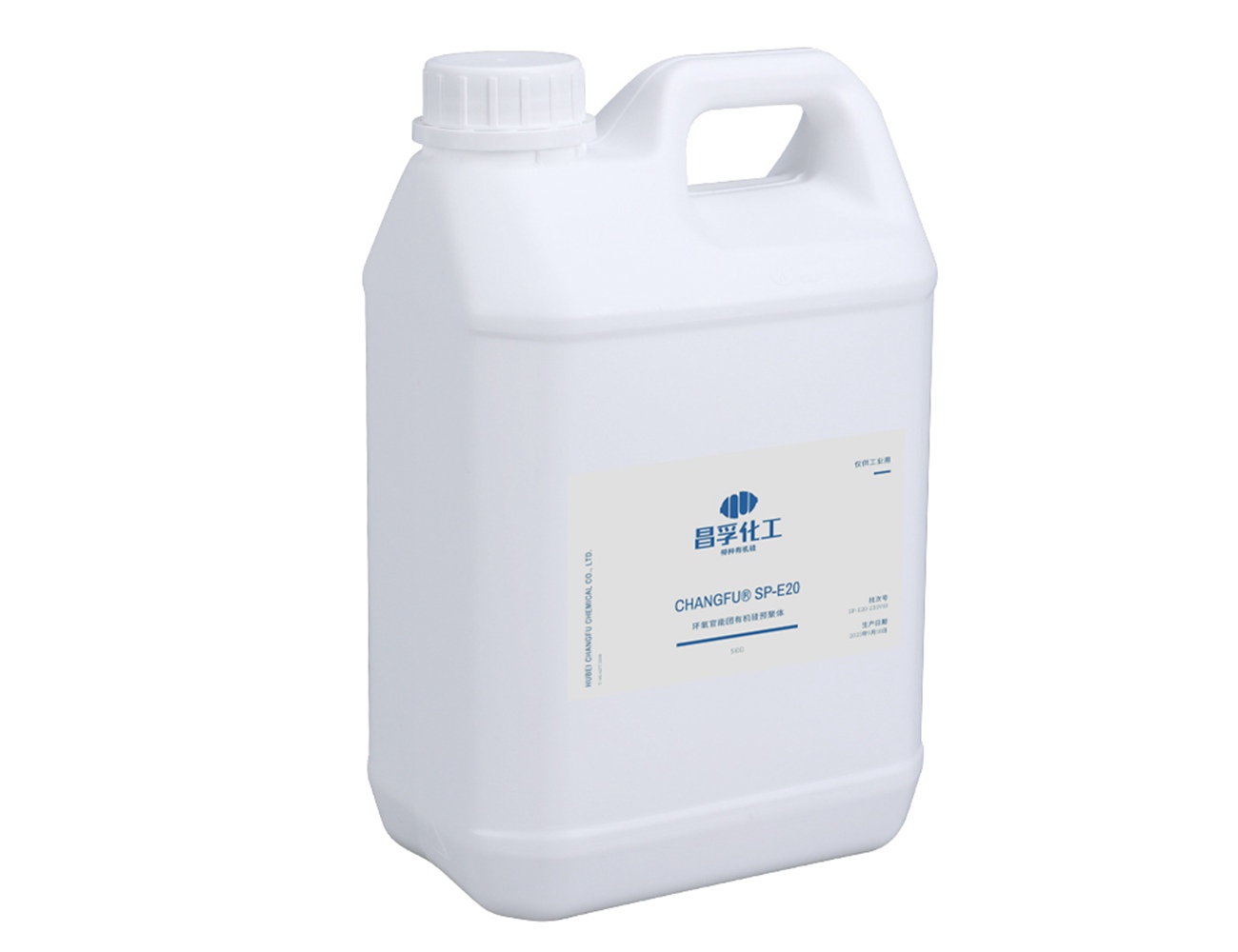
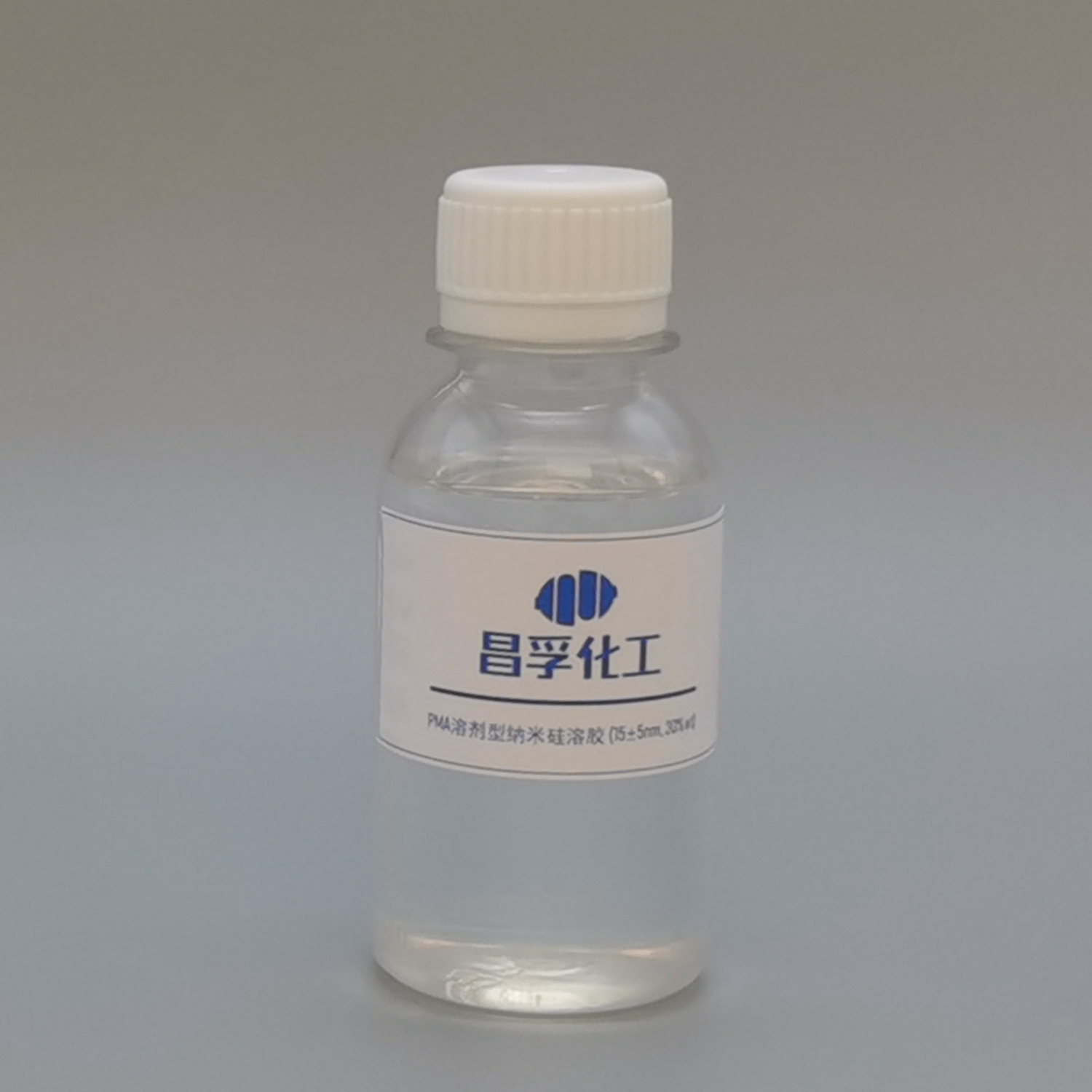
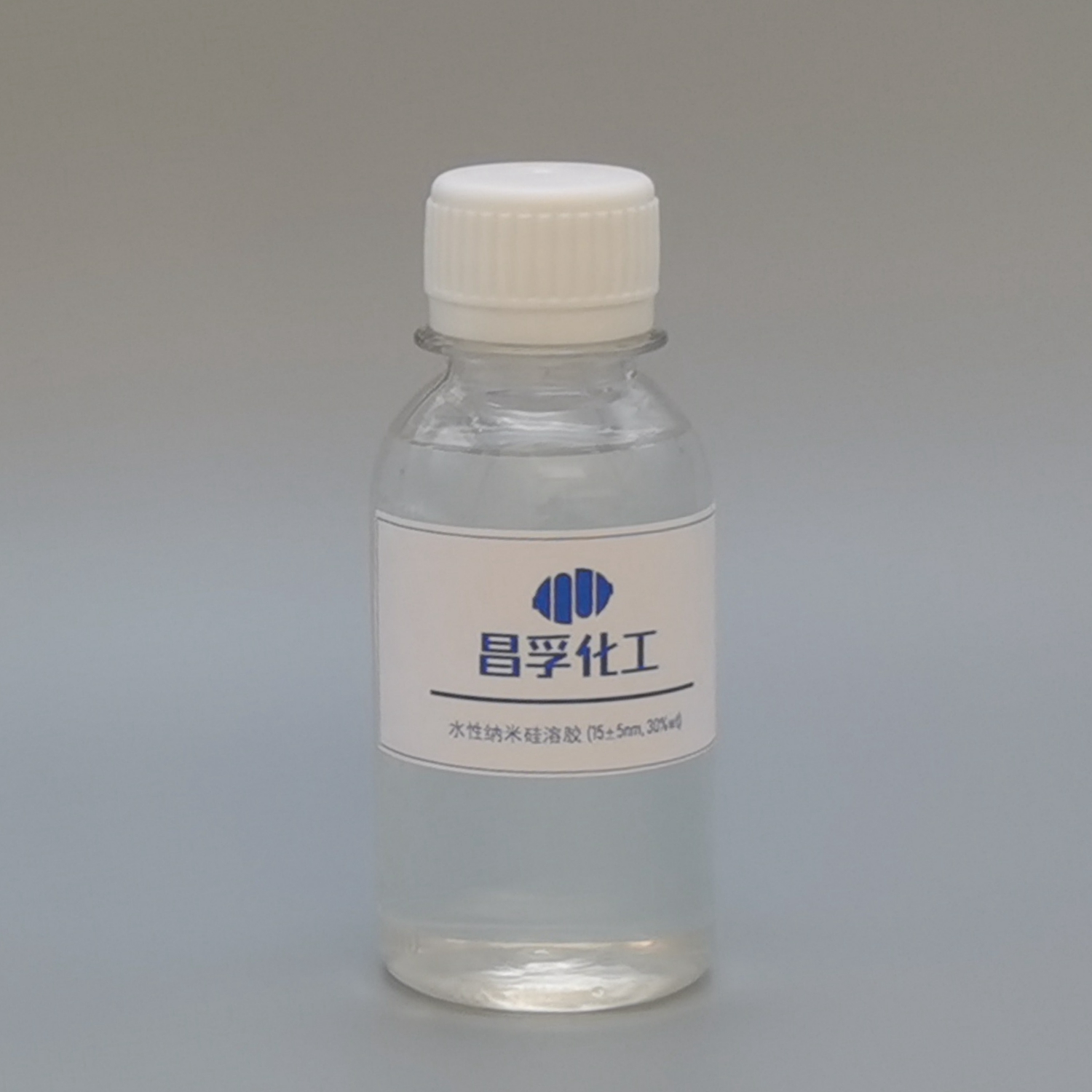

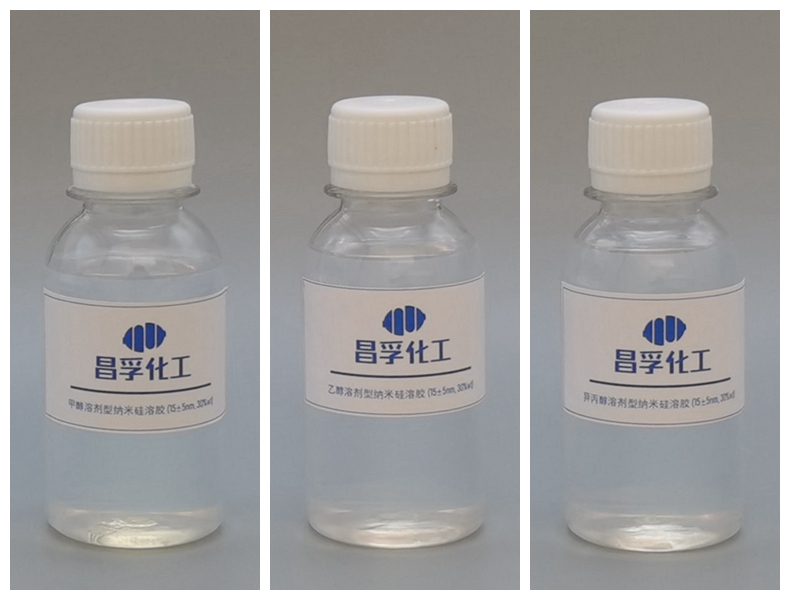
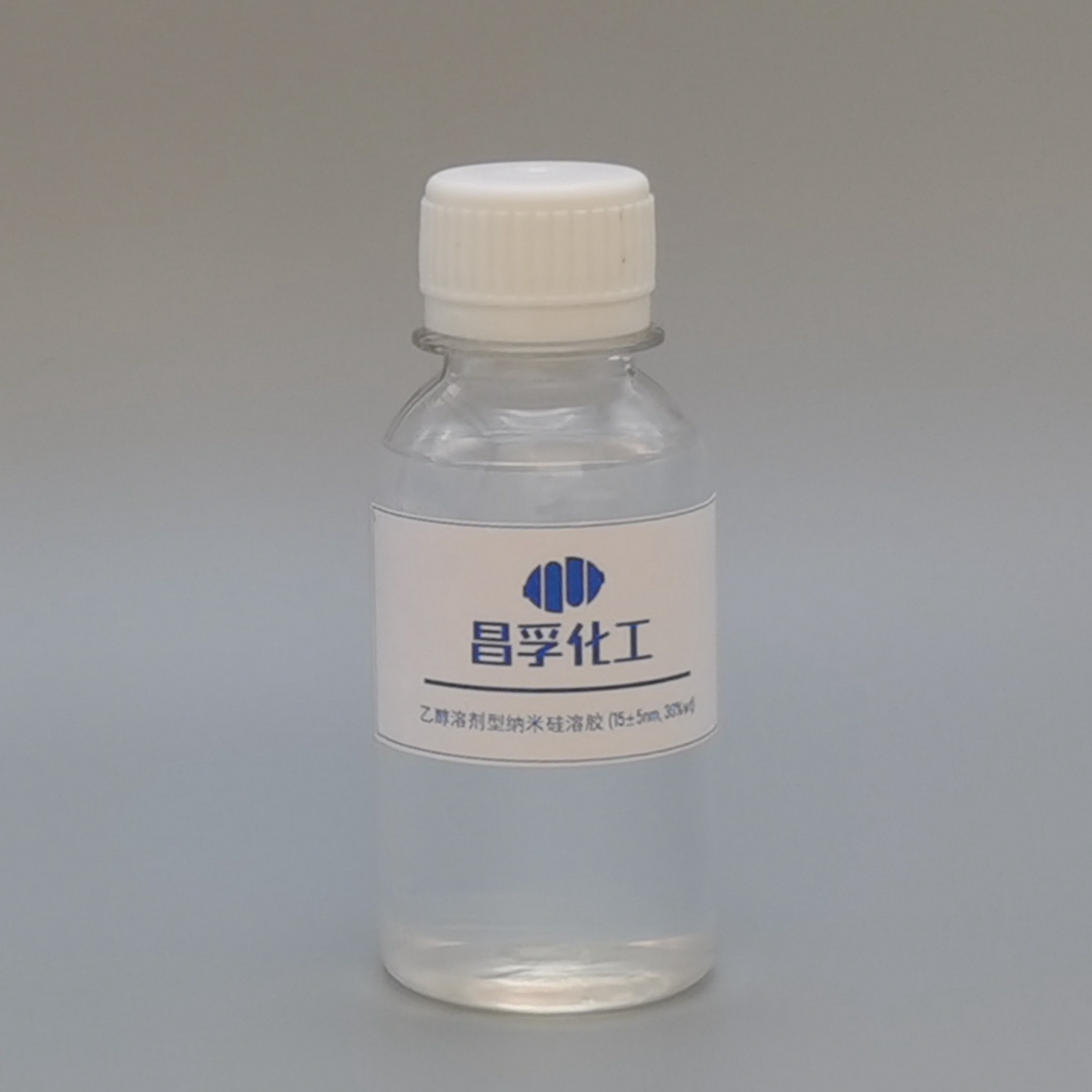
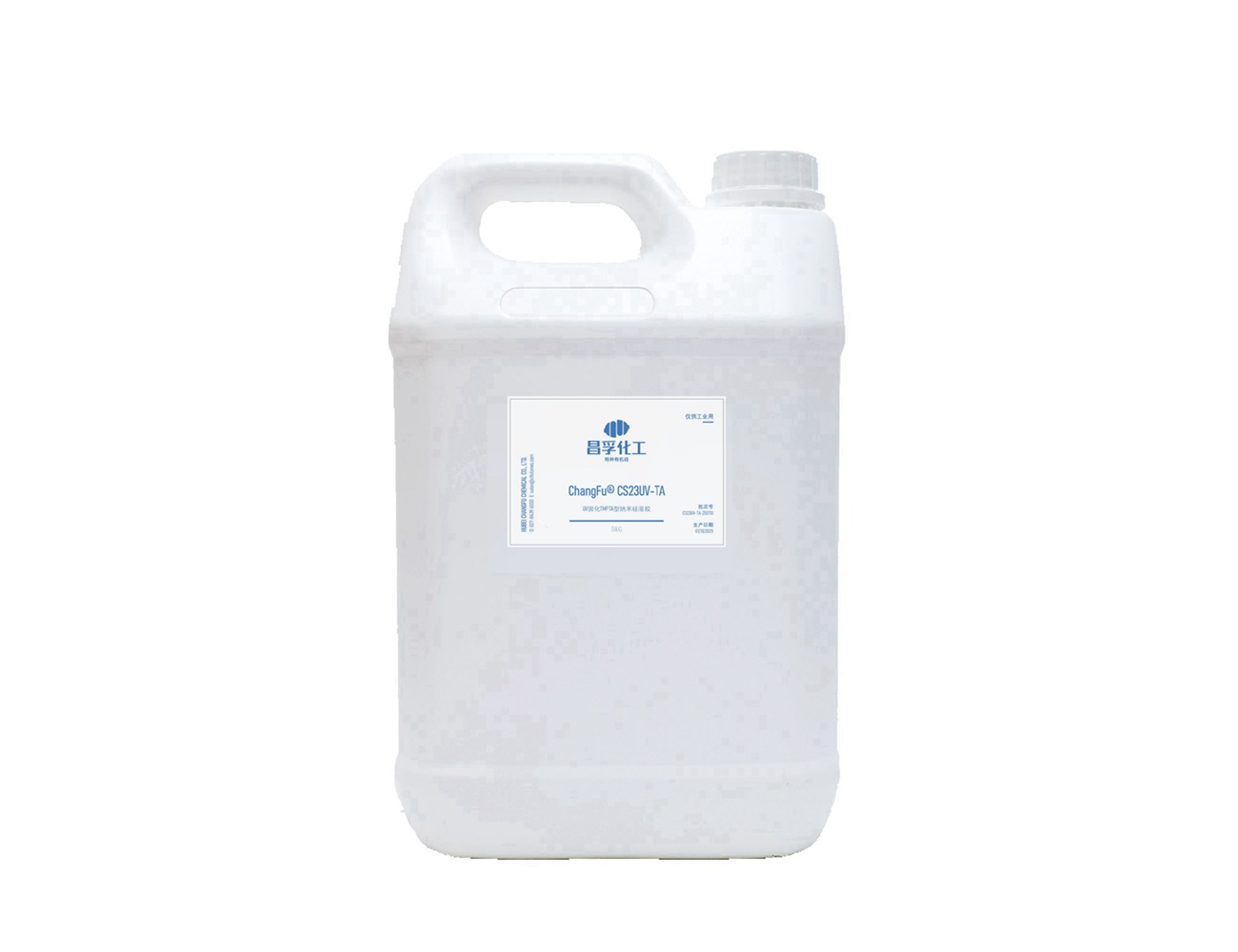
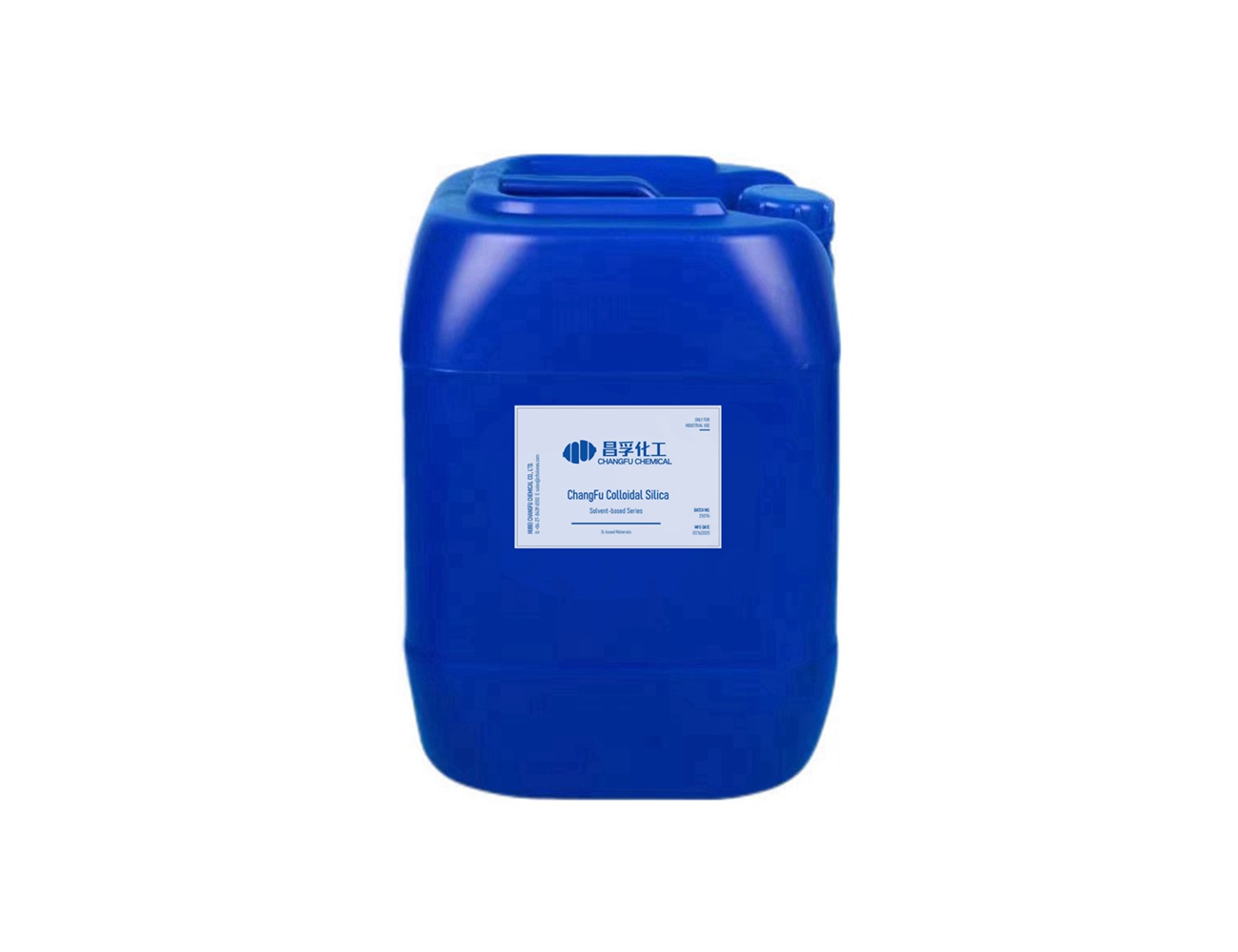


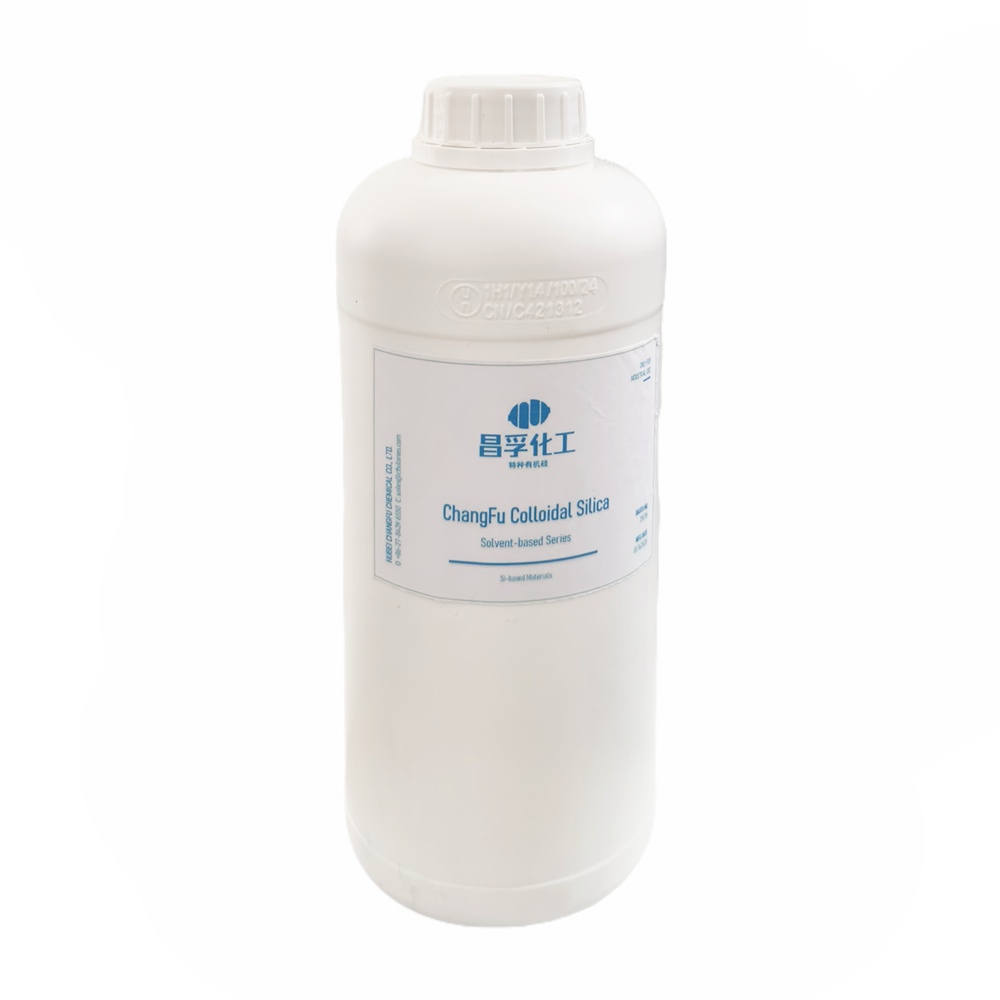


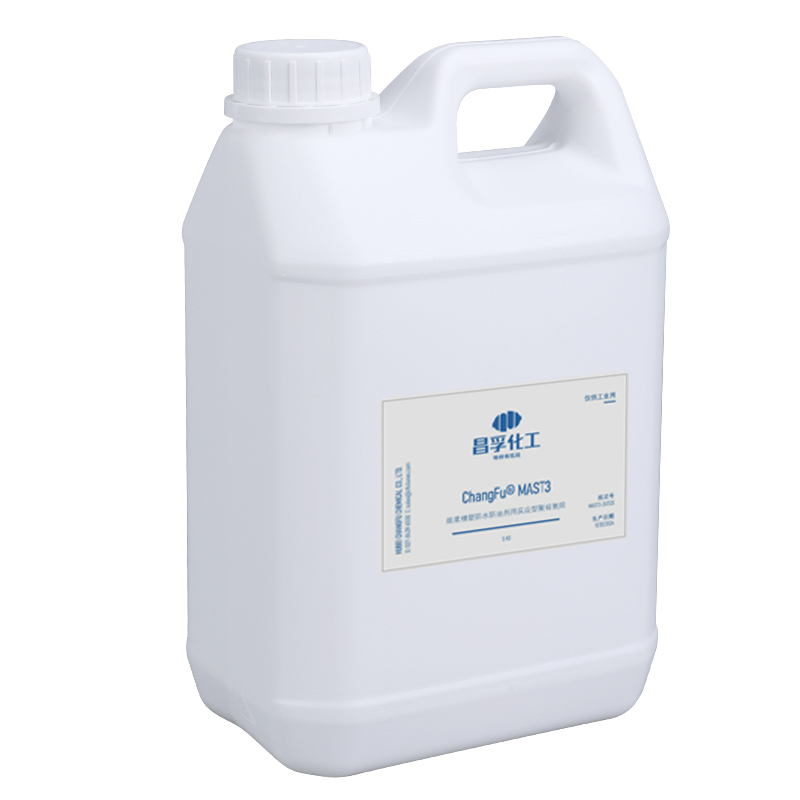





































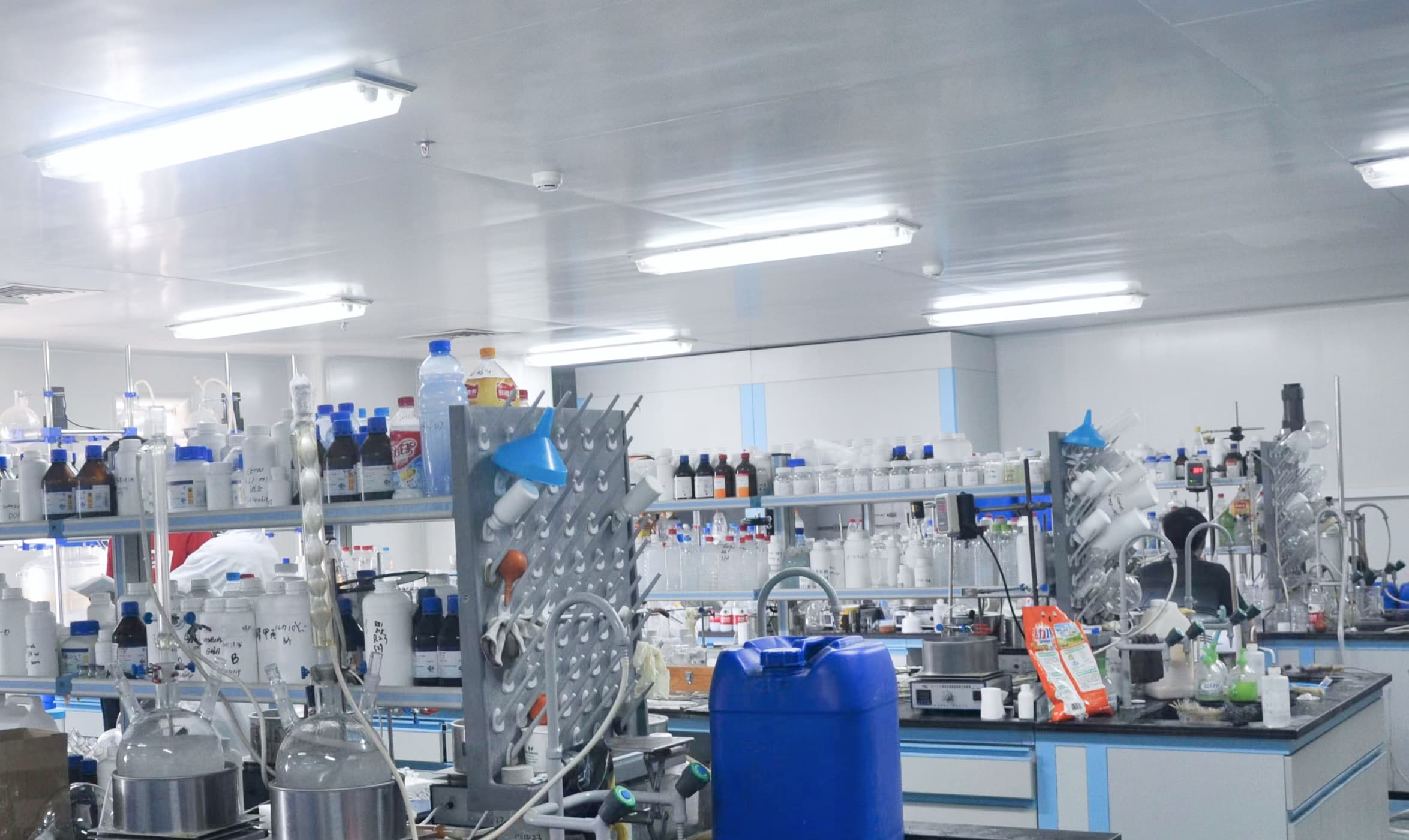

+86 27 8439 6550
+86 181 6277 0058
sales@cfsilanes.com
Optics Valley Bio-City
No. 666, Gaoxin Avenue
Hongshan District, Wuhan City

+86 27 8439 6550 | +86 181 6277 0058
sales@cfsilanes.com
Optics Valley Bio-City
No. 666, Gaoxin Avenue
Hongshan District, Wuhan City
Copyright © Hubei ChangFu Chemical Co., Ltd. All Rights




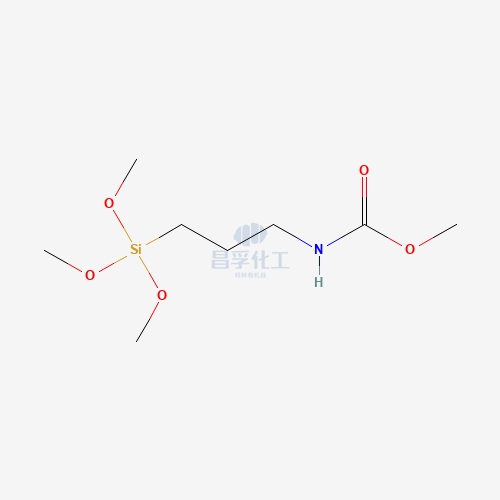
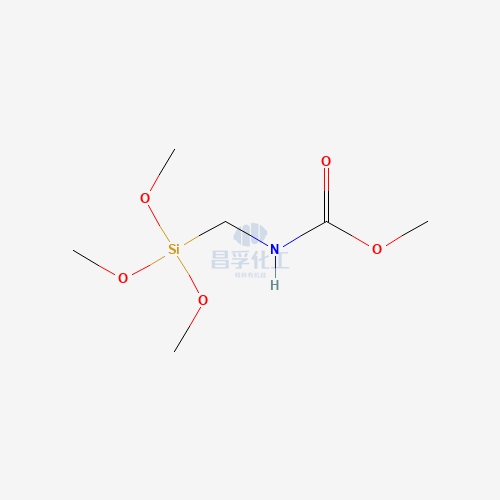
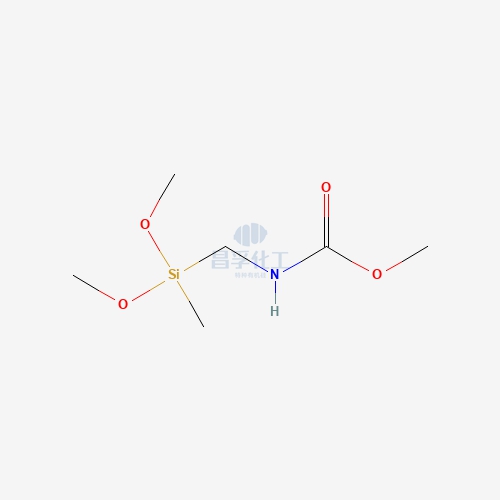
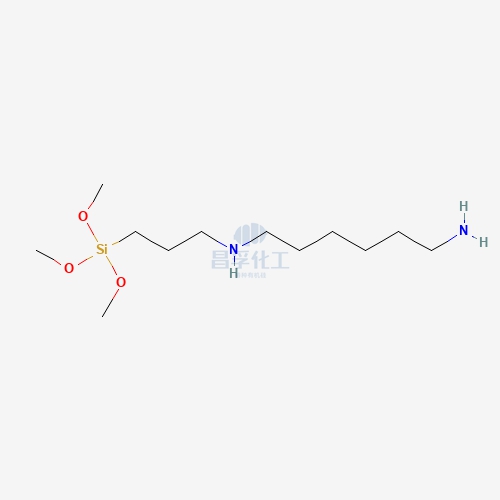
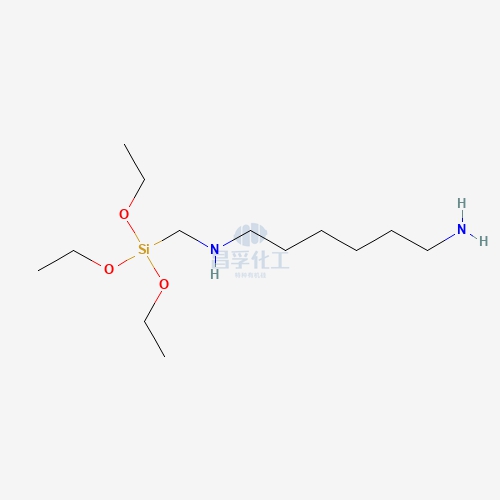
![N-[5-(Trimethoxysilylpropyl)-2-aza-1-oxopentyl]caprolactam CAS: 106996-32-1 106996 32 1 N-[5-(Trimethoxysilylpropyl)-2-aza-1-oxopentyl]caprolactam CAS: 106996-32-1 106996 32 1](https://cdn.yofishseo.com/1363882761272232/106996-32-1.jpg)
